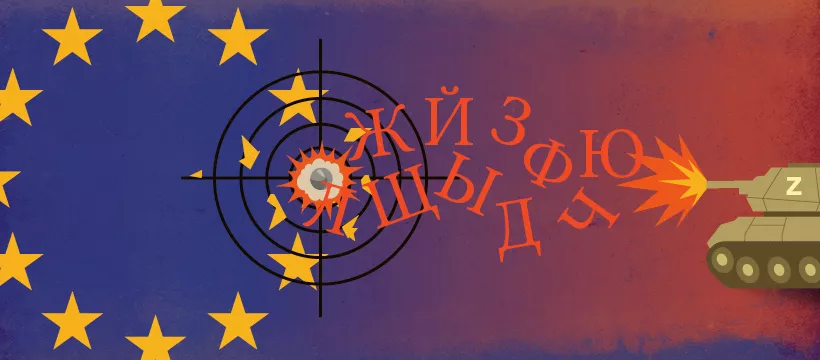Government messages cover everything: National and foreign news in the Hungarian county newspapers
Mertek Media Monitor conducted a content analysis of three printed county daily newspapers (Hajdú-Bihari Napló, Kisalföld, Új Dunántúli Napló) belonging to the portfolio of the Central European Press and Media Foundation (KESMA is the Hungarian abbreviation). During the research, we conducted quantitative and qualitative content analysis of the ’Panorama’ section, which contains national and international news. The period under study covers four weeks, from 19 June to 3 July 2023 and from 11 to 25 September 2023. A total of 26 newspaper issues and 954 articles were used for the research.
County newspapers are still major players in the Hungarian newspaper market. Although their number and thus their opinion-forming importance has been declining in recent years, they are still an important source of information for voters living outside Budapest, and even more so in smaller towns and villages. According to the MATESZ database, in the first half of 2023, the total circulation of Kisalföld was 27,030 (print and digital combined), while the same figure for Hajdú-Bihari Napló was 13,558 and for Új Dunántúli Napló 9,549.
The research had two objectives. On the one hand, to examine how government messages and disinformation narratives are presented in the county newspapers: are they conveyed in a completely uncritical and one-sided way or is there some kind of editorial work in the presentation of different positions. On the other hand, the research also examined the degree of consistency of content in the county papers, and whether there is evidence of a fully centralized editorial approach.
Main findings:
- The most striking feature of the analysis was that the three dailies contain almost exactly the same articles, even some typos were the same (for example, in an article from 3 June, 2023, all newspapers lower-cased the surname of Máté Kocsis, a well-known politician of the ruling party). This similarity shows the centralized messages and raises the question if local newsrooms have any role in the editing, or how it is possible that none of the county newspapers noticed this mistake.
- Just over 1 percent of the articles analyzed had an identifiable author, with the rest of the material not attributed to anyone.
- The vast majority of articles either had no identifiable source or simply listed the names of various social media sites. Among the named sources, the names of state institutions and pro-government media were the most common, while only occasionally did high-profile foreign news sources or independent Hungarian media appear as sources.
- Viktor Orbán was the most popular figure in the county's newspapers, with Ukrainian President Volodymyr Zelensky in second place. There is a very strong pro-government predominance in the appearance of politicians, with opposition politicians or public figures critical of the government appearing most often when they are discussed by pro-government politicians or analysts. It is noteworthy that the research identified roughly the same number of opposition politicians as Russian officials or leaders.
- The research also examined disinformation narratives. There were familiar narratives from ruling party communications about the war against Ukraine, but also well-identified communication panels about the opposition and rolling dollars, as well as anti-LGBTQ and anti-migrant narratives. The government's deliberately constructed success story, the family-friendly, supportive Fidesz narrative, was also well-identified in the articles examined. Counter-arguments, debates, and alternative positions to these narratives did not appear in the articles.
- It is remarkable what topics have been avoided in the articles. The avoidance of student and teacher protests was striking, as was the avoidance of debates around battery factories in the county papers. This again suggests that there is no real journalistic work going on, but that the editing is top-down: topics not desirable in the ruling party's narrative were not even included in the newspapers.
The full publication is available here (in Hungarian).





